The Discovery of the Ancient Roman Baths
Imagine stumbling upon a hidden treasure trove, a relic from a bygone era that holds within its walls the secrets of a civilization long past. This is the awe-inspiring experience that awaits those who uncover the ancient Roman baths. These architectural marvels not only stand as a testament to the ingenuity of the Roman engineers but also offer a glimpse into the cultural significance of communal bathing in ancient times.
As you delve into the history of the Roman bathhouses, you'll find yourself transported back in time to witness the evolution of these structures. What began as simple public baths evolved into elaborate complexes that served not only as places for cleansing but also as hubs for socializing, relaxing, and rejuvenating the body and mind.
The architectural design and features of the Roman baths are a sight to behold. Intricate mosaics, grand columns, and sprawling courtyards greet visitors, showcasing the meticulous craftsmanship of the Roman builders. The innovative use of hypocaust heating systems and advanced plumbing techniques further highlight the engineering prowess of the ancient Romans.
One cannot help but marvel at the engineering marvels of the hypocaust heating system, a revolutionary method that circulated hot air under the floors to heat the baths. This ingenious invention not only provided a luxurious bathing experience but also demonstrated the Romans' mastery of thermal comfort.
Moreover, the sophisticated water supply systems and aqueducts that fed the Roman baths with fresh water are a testament to the advanced engineering skills of the Romans. These aqueducts, with their intricate network of channels and pipes, ensured a constant flow of water for the baths, underscoring the importance of hygiene and cleanliness in Roman society.
But the Roman baths were more than just architectural wonders; they held a profound social and cultural significance. Serving as communal spaces for leisure and relaxation, these baths were where people from all walks of life came together to unwind, socialize, and partake in therapeutic practices.
The therapeutic practices and rituals associated with Roman bathing culture were integral to the well-being of the Romans. From steam rooms to massage services, the baths offered a range of treatments aimed at promoting physical and mental health, reflecting the Romans' holistic approach to wellness.
Furthermore, the baths played a crucial role in reinforcing social hierarchy and etiquette. Bathing customs and rituals were not only about cleanliness but also about status and societal norms. The way one conducted oneself in the baths spoke volumes about their place in the social hierarchy.
Today, the legacy of the Roman baths lives on, preserved for future generations to marvel at. Efforts to protect and maintain these ancient structures ensure that their historical and cultural significance is not lost to time. The discovery of the ancient Roman baths is not just a journey into the past but a window into a world where architecture, engineering, and culture converged in a harmonious blend.
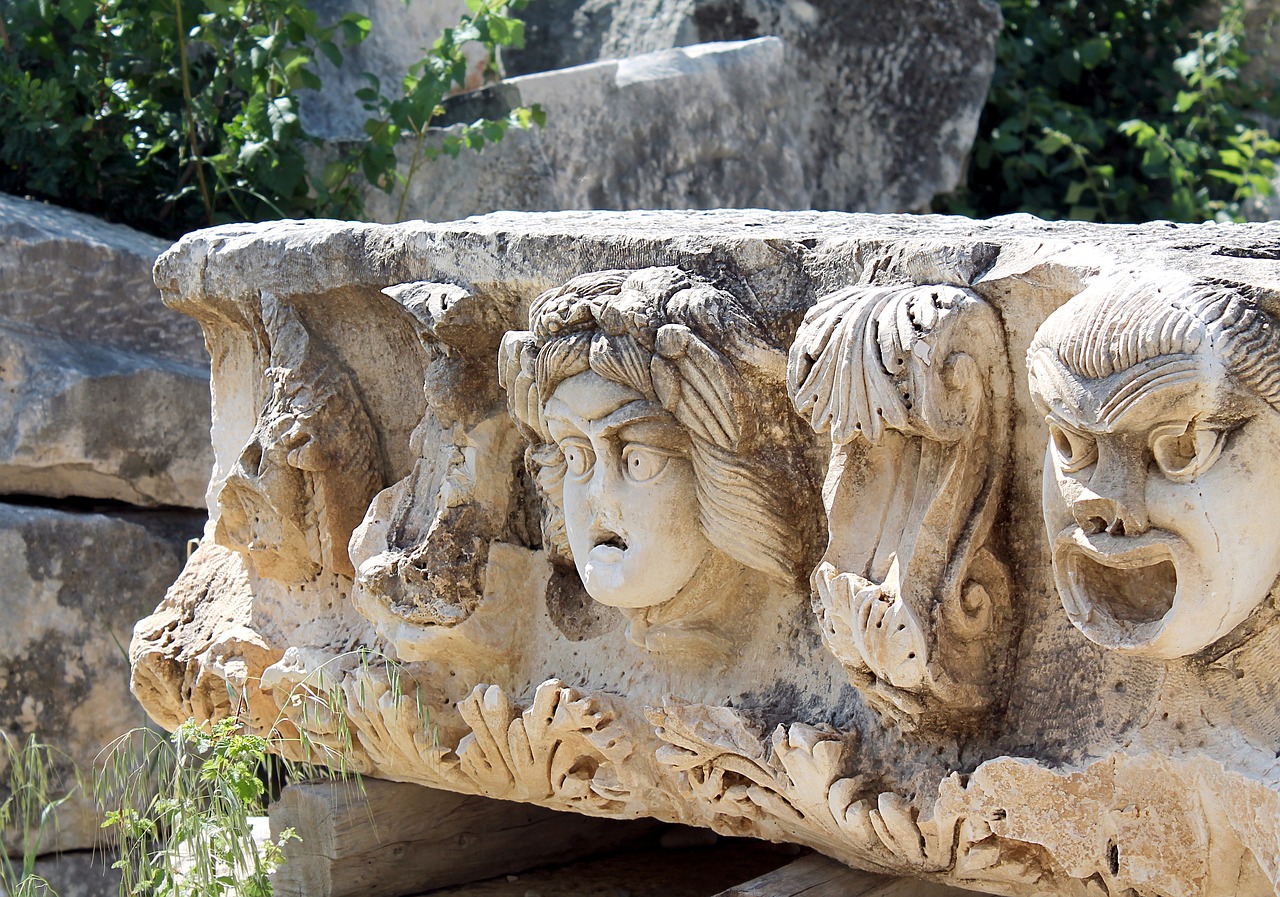
History of Roman Bathhouses
Exploring the historical significance and architectural marvels of the ancient Roman baths, shedding light on their cultural importance and engineering ingenuity.
Delving into the origins and evolution of Roman bathhouses, tracing their development from simple public baths to elaborate, multi-functional complexes.
Roman bathhouses have a rich history dating back to ancient times, with the earliest known public baths in Rome believed to have been built in the 6th century BC. Initially, these baths were basic in design, serving a purely functional purpose for hygiene and cleanliness. However, as Roman civilization flourished, so did the sophistication of their bathhouses. The Romans elevated bathing to an art form, incorporating elements of luxury, socialization, and relaxation into their bathing rituals.
Over time, Roman bathhouses evolved into grand structures that not only provided bathing facilities but also housed libraries, gardens, gymnasiums, and even shops. These complexes became integral to Roman society, serving as hubs for social gatherings, discussions, and leisure activities. The architecture of Roman bathhouses reflected the grandeur and opulence of the empire, with intricate mosaics, marble decorations, and expansive courtyards.
The development of Roman bathhouses mirrored the cultural and technological advancements of the time, showcasing the Romans' engineering prowess and dedication to public welfare. The evolution of these bathhouses from simple communal baths to elaborate complexes symbolized the importance of bathing in Roman daily life and highlighted the social and cultural significance attached to these spaces.
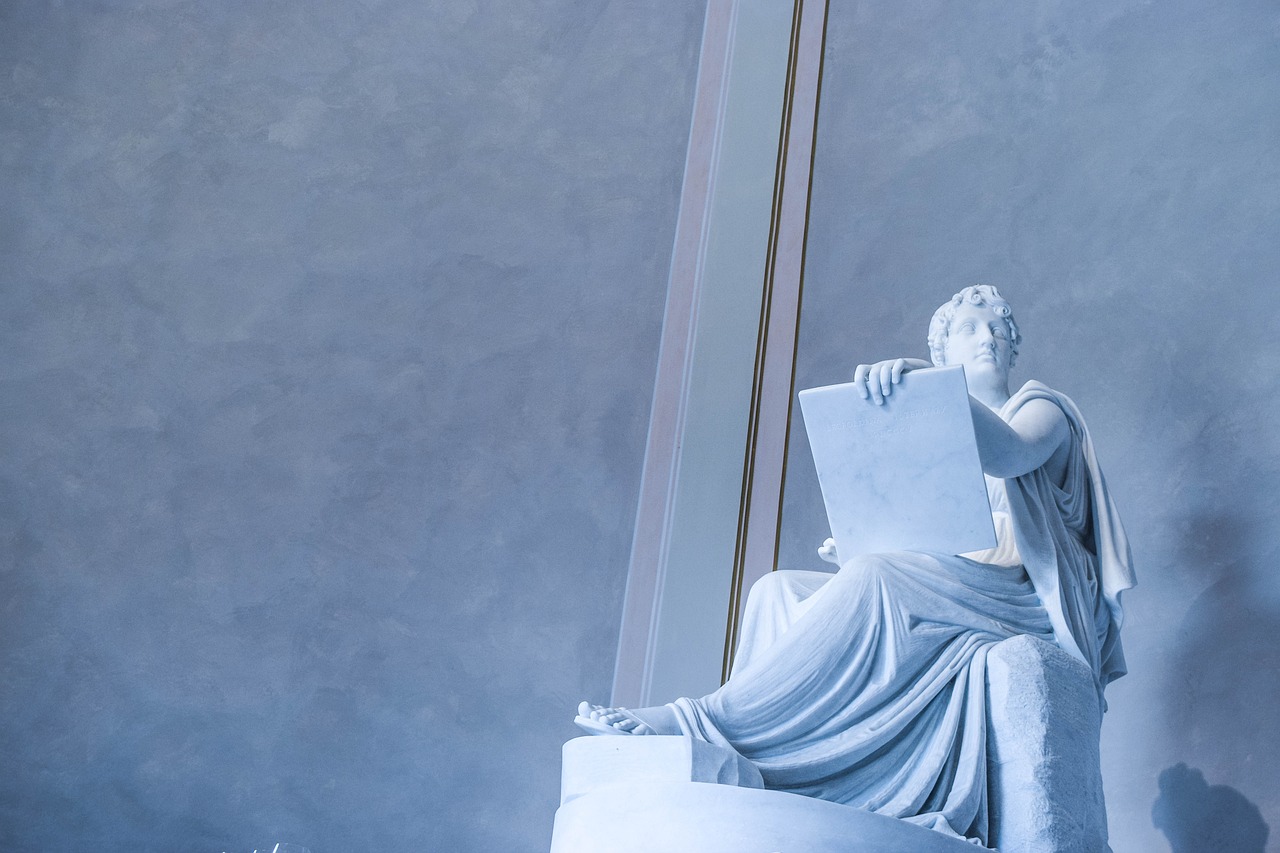
Architectural Design and Features
Exploring the historical significance and architectural marvels of the ancient Roman baths, shedding light on their cultural importance and engineering ingenuity.
Delving into the origins and evolution of Roman bathhouses, tracing their development from simple public baths to elaborate, multi-functional complexes.
When it comes to the architectural design and features of Roman baths, one cannot help but marvel at the intricate details and innovative elements that defined these ancient structures. The Romans were pioneers in creating not just functional bathing spaces but architectural wonders that stood the test of time. One of the key features that set Roman baths apart was the utilization of hypocaust heating systems. These systems, which circulated hot air under the floors and within the walls, ensured a constant and comfortable temperature for bathers, creating a luxurious bathing experience unmatched in the ancient world.
In addition to the advanced heating systems, Roman baths also boasted elaborate plumbing techniques that allowed for the efficient flow of water throughout the complex. The use of aqueducts to supply the baths with fresh water further showcased the engineering prowess of the Romans, ensuring a steady and clean water supply for bathing and other activities.
Detailing the revolutionary hypocaust heating system used in Roman baths, explaining its functionality and impact on the overall bathing experience.
Exploring the sophisticated water supply systems and aqueducts that supplied Roman baths with fresh water, showcasing their engineering prowess.
Discussing the social and cultural importance of Roman baths as communal spaces for leisure, relaxation, and social interaction.
Exploring the therapeutic practices and rituals associated with Roman bathing culture, highlighting the significance of the baths in promoting well-being.
Analyzing the role of Roman baths in reinforcing social hierarchy and etiquette, showcasing how bathing customs reflected societal norms.
Examining the legacy of Roman baths in modern times and efforts to preserve these ancient structures for future generations to appreciate.
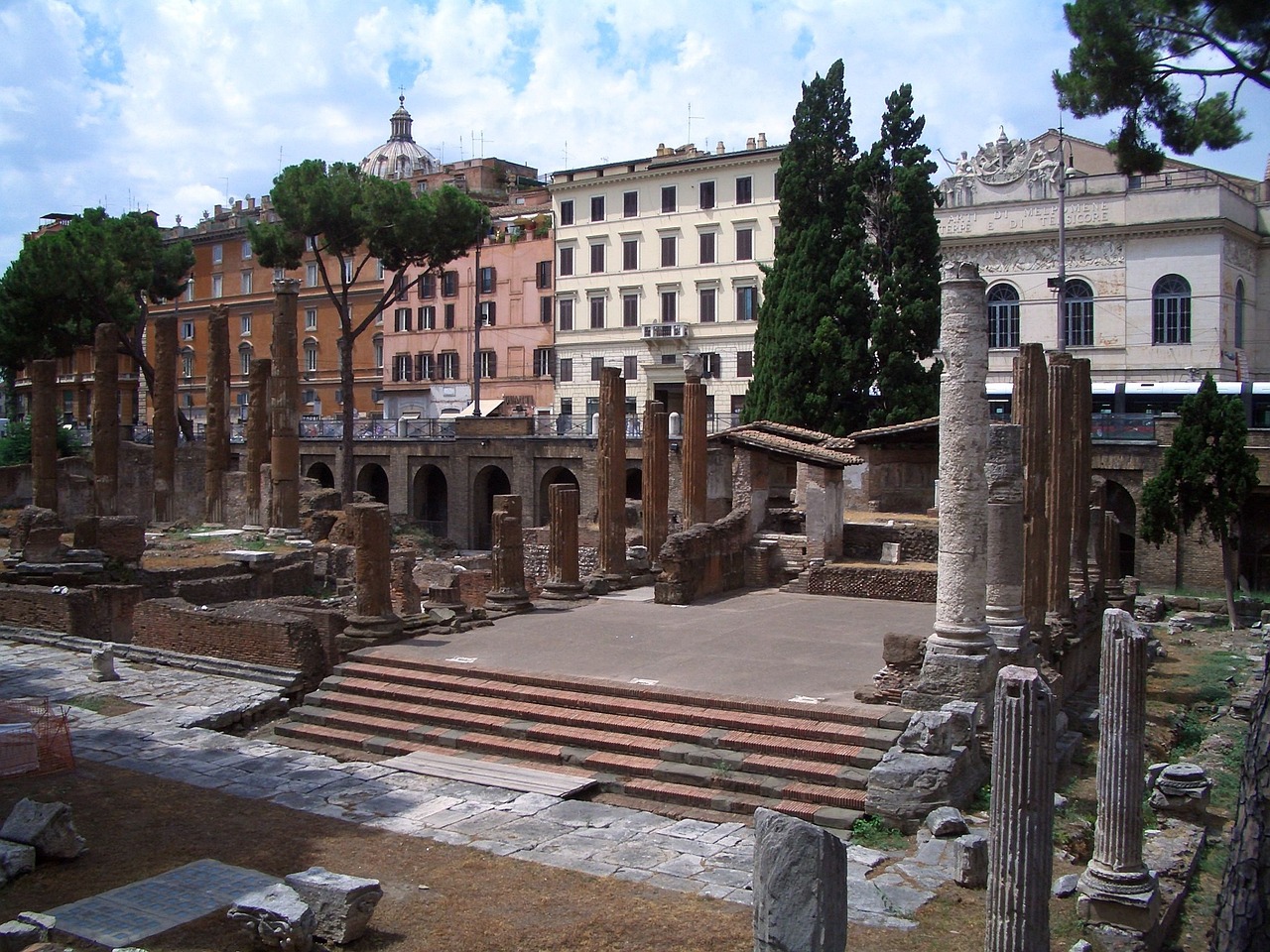
Engineering Marvels: Hypocaust Heating
Exploring the historical significance and architectural marvels of the ancient Roman baths, shedding light on their cultural importance and engineering ingenuity.
Delving into the origins and evolution of Roman bathhouses, tracing their development from simple public baths to elaborate, multi-functional complexes.
Examining the intricate architectural designs and innovative features of Roman baths, highlighting the use of hypocaust heating systems and advanced plumbing techniques.
The hypocaust heating system was a revolutionary method used in Roman baths to provide warmth to the floors and walls. This system consisted of a network of raised floors and hollow spaces under the floor where hot air circulated from a furnace. The heat from the furnace would travel through these spaces, heating the floors and walls of the bathhouses. This engineering marvel not only ensured a comfortable bathing experience for the Romans but also showcased their advanced knowledge of heating systems.
Exploring the sophisticated water supply systems and aqueducts that supplied Roman baths with fresh water, showcasing their engineering prowess.
Discussing the social and cultural importance of Roman baths as communal spaces for leisure, relaxation, and social interaction.
Exploring the therapeutic practices and rituals associated with Roman bathing culture, highlighting the significance of the baths in promoting well-being.
Analyzing the role of Roman baths in reinforcing social hierarchy and etiquette, showcasing how bathing customs reflected societal norms.
Examining the legacy of Roman baths in modern times and efforts to preserve these ancient structures for future generations to appreciate.
Stay tuned for some common questions and answers about the ancient Roman baths!
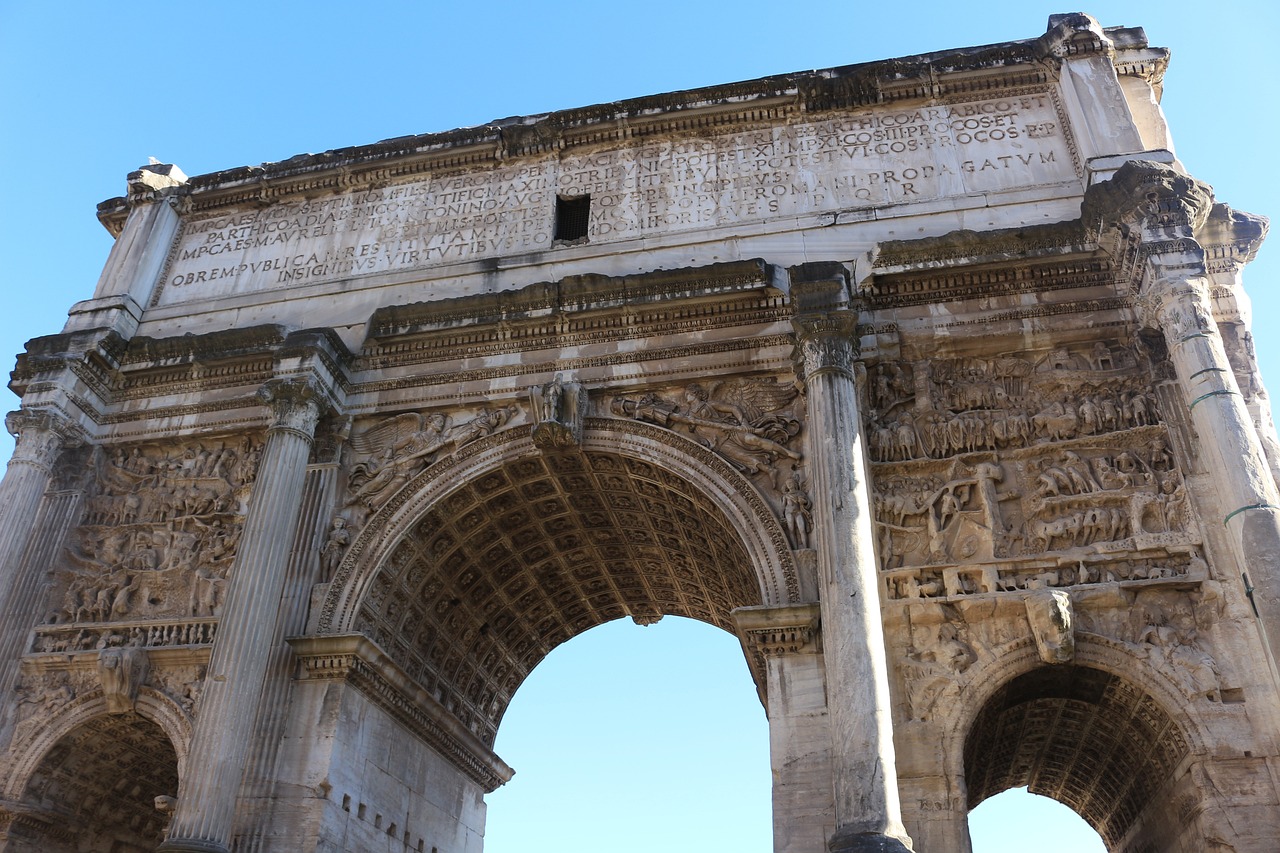
Aqueducts and Water Supply
Aqueducts played a crucial role in supplying ancient Roman baths with the necessary water for bathing and other activities. These impressive structures were engineering marvels of their time, designed to transport water from distant sources to urban centers.
The aqueduct system consisted of a network of channels, pipes, and tunnels that carried water over long distances, utilizing gravity to maintain a steady flow. The Romans ingeniously engineered these aqueducts to ensure a constant water supply to the baths, allowing for a continuous and reliable source of water.
One of the most famous Roman aqueducts, the Aqua Appia, was constructed in 312 BC and served as the first-ever aqueduct built in Rome. This monumental achievement marked the beginning of a new era in water supply infrastructure, setting the stage for the development of more sophisticated aqueduct systems across the Roman Empire.
These aqueducts not only supplied water to the baths but also facilitated the distribution of water to various parts of the city for domestic use, irrigation, and public fountains. The engineering prowess displayed in the construction of these aqueducts is a testament to the advanced technological capabilities of the ancient Romans.
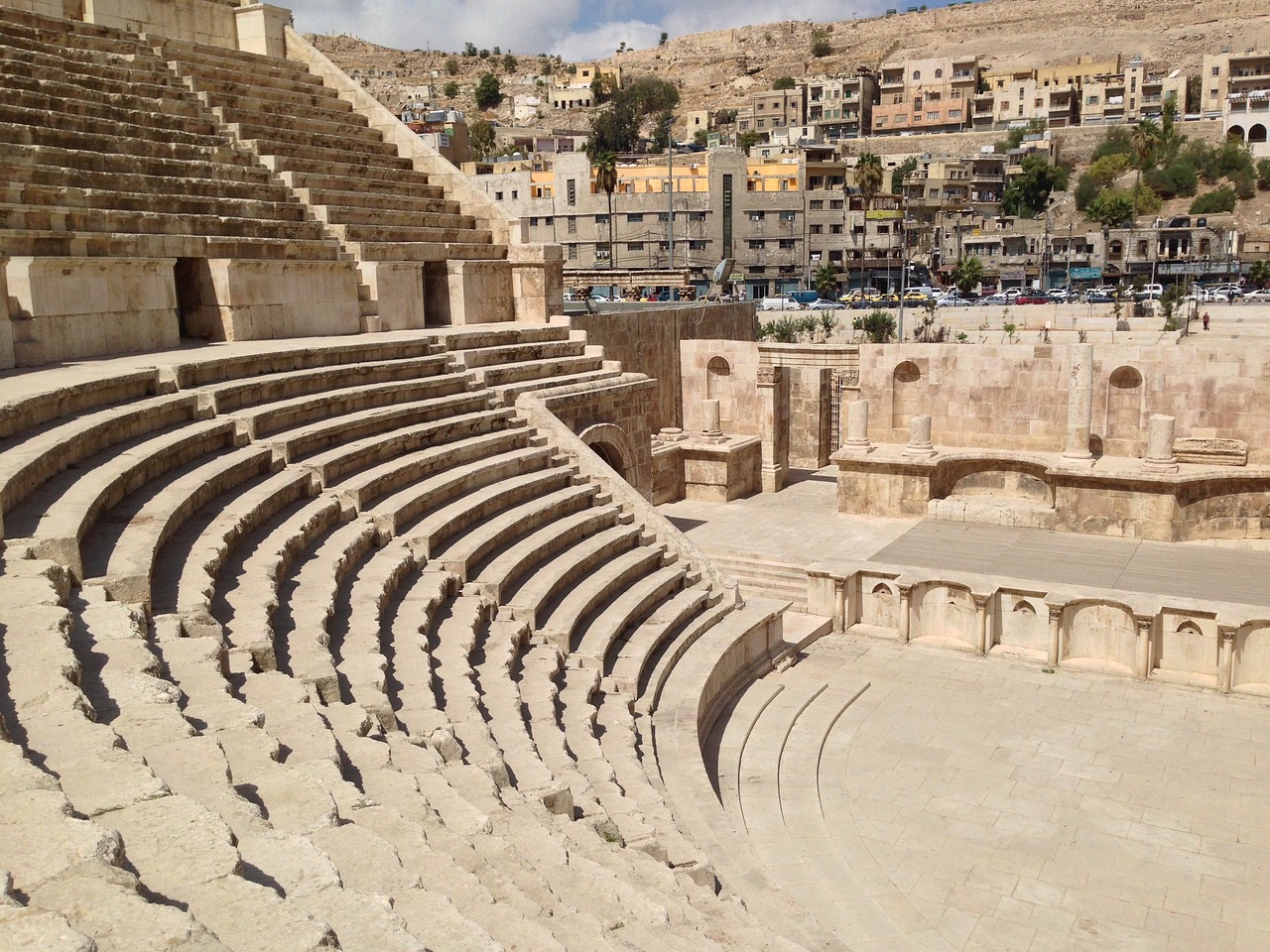
Social and Cultural Significance
The of Roman baths transcends mere bathing rituals, offering a window into the rich tapestry of ancient Roman society. These communal spaces served as hubs of social interaction, leisure, and relaxation, where individuals from all walks of life converged to partake in a shared experience.
Within the opulent walls of Roman baths, people engaged in not only cleansing their bodies but also in intellectual discourse, political debates, and recreational activities. The baths were more than just places to wash; they were vibrant centers of social life where friendships were forged, alliances were made, and ideas were exchanged.
Moreover, Roman baths played a crucial role in promoting a sense of community and belonging among the populace. Regardless of one's social status or background, everyone was welcome to enjoy the benefits of the baths, fostering a sense of equality and camaraderie among bath-goers.
Additionally, the therapeutic practices and rituals associated with Roman bathing culture added a spiritual dimension to the bathing experience. Bathing was not merely a physical act but a holistic practice that encompassed the mind, body, and spirit, promoting overall well-being and rejuvenation.
The social hierarchy within Roman baths was also a reflection of broader societal structures, with elaborate bathing etiquette dictating behavior and interactions. From the segregation of men and women to the strict protocols governing bathhouse entry, the baths were microcosms of Roman social norms and customs.
Ultimately, the enduring legacy of Roman baths lies in their ability to transcend time and space, offering modern-day visitors a glimpse into the past and a deeper appreciation for the cultural heritage of ancient Rome.

Therapeutic Practices and Rituals
Exploring the historical significance and architectural marvels of the ancient Roman baths, shedding light on their cultural importance and engineering ingenuity.
Delving into the origins and evolution of Roman bathhouses, tracing their development from simple public baths to elaborate, multi-functional complexes.
Examining the intricate architectural designs and innovative features of Roman baths, highlighting the use of hypocaust heating systems and advanced plumbing techniques.
Detailing the revolutionary hypocaust heating system used in Roman baths, explaining its functionality and impact on the overall bathing experience.
Exploring the sophisticated water supply systems and aqueducts that supplied Roman baths with fresh water, showcasing their engineering prowess.
Discussing the social and cultural importance of Roman baths as communal spaces for leisure, relaxation, and social interaction.
In the ancient Roman baths, bathing was not just about cleanliness but also about healing and relaxation. The Romans believed in the therapeutic properties of water and incorporated various rituals into their bathing culture. These practices included immersing oneself in pools of varying temperatures, followed by massages and oil treatments to rejuvenate the body and mind. Additionally, aromatic herbs and oils were often used to enhance the bathing experience, creating a sensory-rich environment that promoted overall well-being.
Analyzing the role of Roman baths in reinforcing social hierarchy and etiquette, showcasing how bathing customs reflected societal norms.
Examining the legacy of Roman baths in modern times and efforts to preserve these ancient structures for future generations to appreciate.
Stay tuned for some common questions about the ancient Roman baths!

Social Hierarchy and Bathing Etiquette
Social Hierarchy and Bathing Etiquette in ancient Roman baths played a crucial role in shaping societal norms and interactions. The baths were not only places for physical cleansing but also served as social hubs where individuals from different strata of society converged. The Roman baths were structured in a way that emphasized the existing social hierarchy, with designated areas for different classes of people. This segregation based on social status was reflected in the facilities provided within the baths, such as separate entrances and bathing areas for nobles, commoners, and slaves.
Moreover, bathing etiquette in Roman baths was a complex system of unwritten rules and customs that governed behavior within these communal spaces. Respect for others' privacy and personal space was highly valued, and individuals were expected to conduct themselves with decorum while in the baths. The Romans viewed bathing as a social activity, and proper etiquette was essential to maintaining harmony and order among bathers.
Furthermore, the Roman baths served as platforms for social interactions and networking, where individuals could engage in discussions, debates, and even business transactions. The communal nature of the baths facilitated the exchange of ideas and information, contributing to the cultural and intellectual development of Roman society. Additionally, the baths were also venues for leisure activities, such as sports, music, and theatrical performances, further enhancing their role as centers of social life.
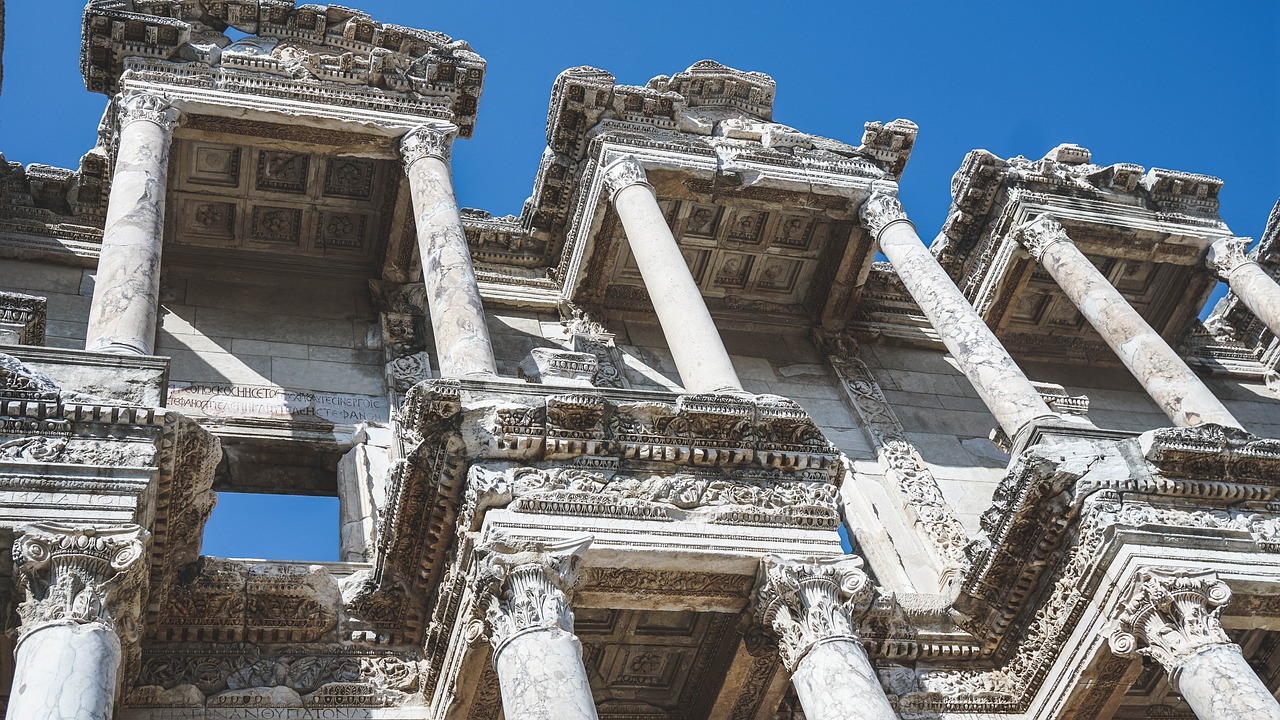
Legacy and Preservation Efforts
When it comes to the legacy of the ancient Roman baths, their impact on modern architecture and engineering is undeniable. These remarkable structures have not only stood the test of time but have also influenced the design of contemporary buildings and infrastructure. The preservation efforts dedicated to safeguarding these historical sites play a crucial role in ensuring that future generations can appreciate and learn from the ingenuity of the Romans.
One of the key challenges in preserving Roman baths is maintaining the structural integrity of the ancient ruins. Conservationists and archaeologists work tirelessly to prevent further deterioration of the remaining structures through careful restoration and maintenance practices. By employing advanced techniques and technologies, such as 3D scanning and digital mapping, experts can document and analyze the baths in intricate detail, aiding in their preservation.
Furthermore, educational initiatives and public awareness campaigns are essential in promoting the significance of Roman baths and garnering support for their conservation. Museums and cultural institutions often organize exhibitions and guided tours to educate the public about the historical context and architectural brilliance of these ancient sites. By engaging with the community and fostering a sense of appreciation for the past, preservation efforts can be strengthened and sustained.
In addition to physical conservation, efforts are also focused on safeguarding the intangible heritage associated with Roman bathing culture. This includes documenting oral histories, traditional practices, and rituals related to the use of baths in ancient times. By preserving these cultural elements, historians and researchers can gain valuable insights into the social dynamics and beliefs of the Roman society.
Collaboration between governmental agencies, conservation groups, and local communities is crucial in ensuring the long-term preservation of Roman baths. By establishing partnerships and sharing resources, stakeholders can work together to develop comprehensive conservation plans and sustainable management strategies for these historical landmarks. Through collective action and dedication, the legacy of the ancient Roman baths can be safeguarded for generations to come.
Frequently Asked Questions
- What were the main purposes of Roman baths?
Roman baths served as communal spaces for leisure, relaxation, social interaction, and maintaining personal hygiene. They were integral to Roman social life and culture.
- How were Roman baths heated?
Roman baths were heated using a hypocaust system, where hot air circulated under the raised floors and through the walls to heat the rooms. This innovative heating method ensured a comfortable bathing experience.
- Were Roman baths open to everyone?
Yes, Roman baths were open to people from all walks of life, regardless of social status. They were important public amenities that promoted community well-being and cohesion.
- What were the typical features of Roman baths?
Typical features of Roman baths included hot and cold rooms, swimming pools, saunas, massage rooms, and exercise areas. These facilities catered to various bathing and recreational needs.
- How did Roman baths contribute to public health?
Roman baths played a significant role in public health by providing access to clean water, sanitation facilities, and therapeutic treatments. They promoted hygiene and well-being among the population.



















